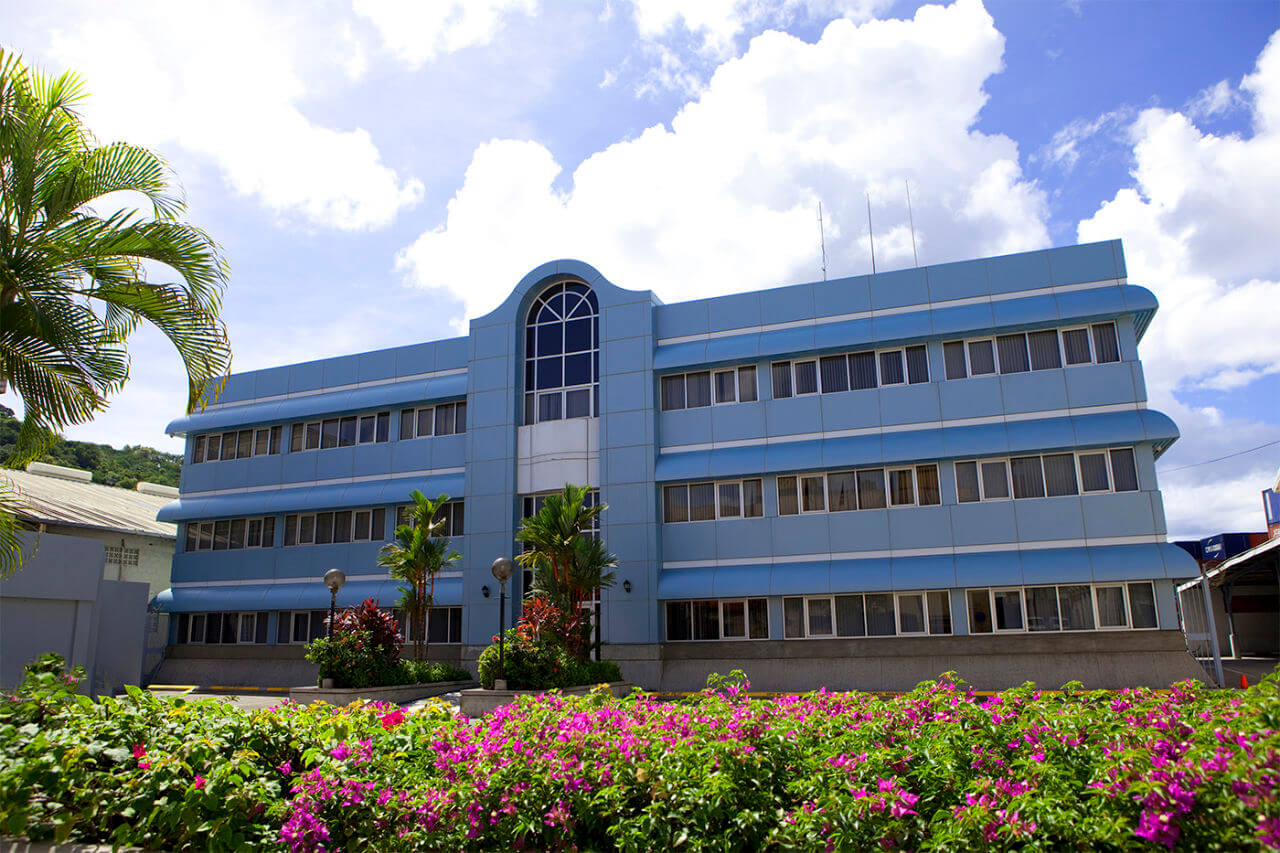
News Categories
View all- Media Room Updates
- Press Releases
- Port News
- Portfolio
- Re-Port
- Press Release Archive 2012
- Press Release Archive 2011
- Press Release Archive 2010
- Press Release Archive 2013
- Portfolio Archive 2013
- Port News Archive 2007
- Port News Archive 2008
- Port News Archive 2009
- Portfolio Archive 2010
- Portfolio Archive 2011
- Portfolio Archive 2012
Upcoming Events
View All- No upcoming events.
SLASPA TRIVIA-How was the nautical mile arrived at and why is the speed at sea called “knots”?
Last week’s Porfolio trivia we explained why boats are referred to as “She”. This week’s trivia, we ask a two part question, how was the nautical mile arrived and why is the speed at sea called “knots”? Was there a means of determining the knot in bygone sailing days?
Take a deep breath, because we are going to get a little technical while we answer these questions. A nautical mile is a distance on the earth's surface of 6,080 feet, which is equal to one minute of latitude at the earth's equator. Since there are 360 degrees around the earth, and each degree equals 60 minutes, the distance around the earth, at the equator or any other great circle, is 21,600 nautical miles. (A great circle is like a circumference.)
Got that? Good! Therefore, the origin of the nautical mile started with the realization that the earth was spherical and not flat. It was Pythagoras who first put forward the theory in 580 b.c.
Now why knots? A major advance that made early navigation much more accurate was the invention of the chip log (c.1500-1600). Essentially a crude speedometer, a light line was knotted at regular intervals and weighted to drag in the water. It was tossed overboard over the stern as the pilot counted the knots that were let out during a specific period of time .The knots were spaced at a distance apart of 47 feet 3 inches and the number of these knots which ran out while a 28-second sand glass emptied itself gave the speed of the ship in nautical miles per hour. The proportion of 47 feet 3 inches to 6,080 feet is the same as 28 seconds to one hour.
Interestingly, the chip log has long been replaced by equipment that is more advanced but we still refer to miles per hour on the water as knots.
For more information, please contact the Division of Maritime Affairs at 457-6151.



